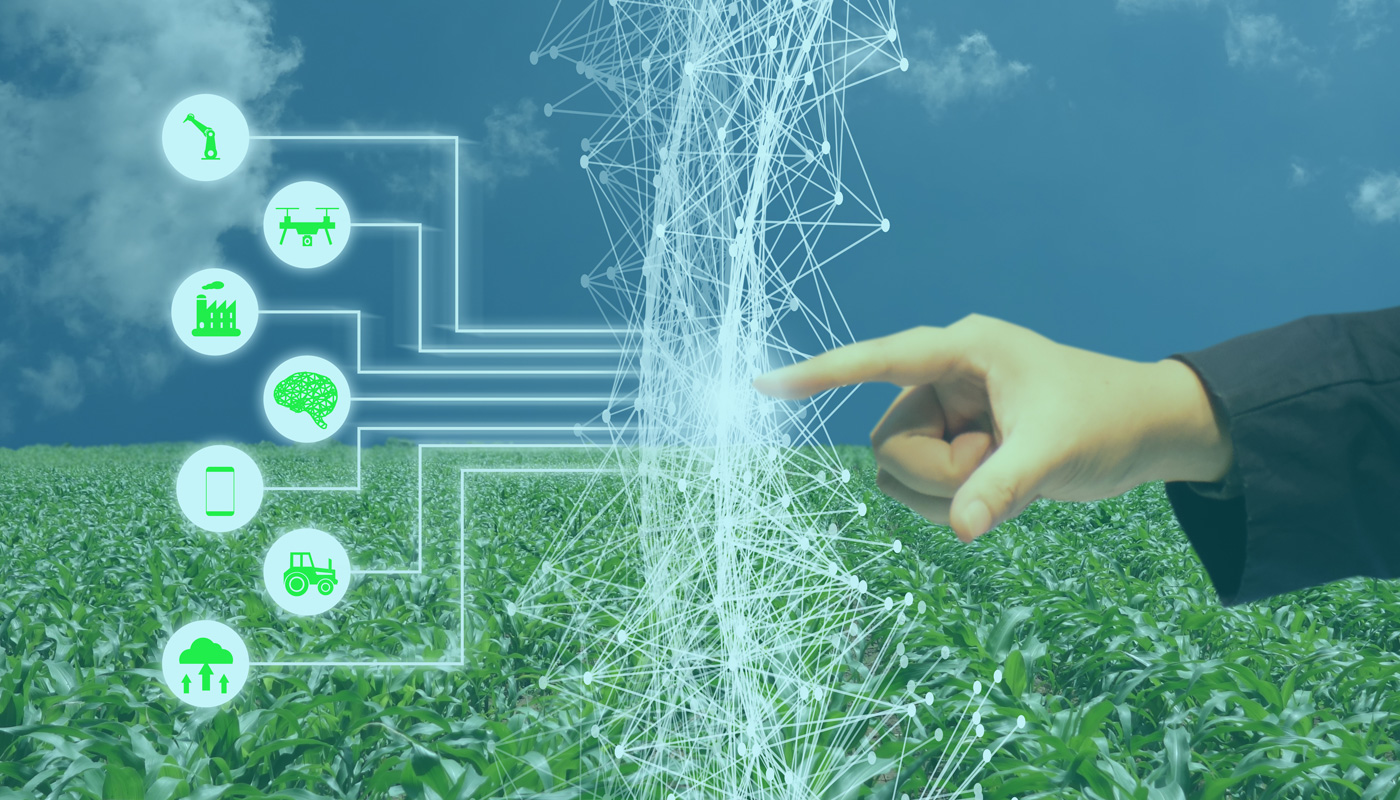Researchers at the University of Houston (UH) may have made a significant breakthrough in achieving the goal of net zero carbon emissions. The ongoing research into algae at UH’s microbial products lab, located at Sugar Land, is uncovering hidden potential in these small organisms.
The research project is detailed in an article titled “Potential of Using Microalgae to Sequester CO2 and Processing to Bioproducts,” published in Green Chemistry. Lead author Venkatesh Balan, associate professor of engineering technology in UH’s Cullen College of Engineering’s Division of Technology, and his team are studying the unique characteristics of microalgae found in both fresh- and salt-water environments.
Microalgae have the ability to capture carbon dioxide (CO2) from the atmosphere. However, what interests the researchers most is their capability to convert the captured CO2 into proteins, lipids, and carbohydrates through various processes.
Beyond addressing climate issues, this green process could revolutionize food production. Balan, who has been studying algae for seven years, envisions the potential of using microalgae to treat wastewater and produce food, fertilizers, fuels, and chemicals. For example, spirulina, a type of algae grown in freshwater, is already being used in health supplements and cosmetics. In the future, microalgae could serve as a sustainable feedstock for biofuels and biochemicals, reducing our reliance on fossil fuels.
But the most immediate benefit of microalgae lies in its potential to combat global warming. Balan emphasizes the urgency of climate change, citing the unprecedented heatwaves experienced this summer in Texas and other parts of the world. The greenhouse effect, caused by gases in the atmosphere trapping heat, accelerates global warming, with CO2 being one of the main contributors.
Lawmakers, policymakers, and even companies that emit greenhouse gases are actively seeking alternatives, especially for industrial emissions. However, Balan reminds us that pollution is a multifaceted problem that extends beyond industrial sources. Greenhouse gas emissions are also generated throughout the supply chain, from the production of food products to transportation and personal consumption.
To address the excess CO2 in the atmosphere, which contributes to climate damage, conventional methods propose capturing and burying CO2, an expensive and energy-intensive process. However, Balan’s team proposes an alternative approach—using algae to capture and utilize CO2 to create bioproducts that serve various purposes.
Furthermore, Balan and his research assistant, Masha Alian, recently discovered that algae can be used as a substrate to produce fungi, which further contributes to achieving a net-zero carbon footprint. The symbiotic relationship between algae and fungi can be observed in lichen, a composite organism that is part algae and part fungi. By mimicking the growth of lichen in nature, the algae produce oxygen, while the fungi stabilize CO2 and also produce oxygen. Additionally, a significant portion of the algae and fungi mixture can be converted into nutritious food products.
This ongoing research into microalgae highlights the promising role it could play in combatting climate change and achieving net zero carbon emissions. By harnessing the power of these tiny organisms, we may be one step closer to a sustainable and greener future.
*Note:
1. Source: Coherent Market Insights, Public sources, Desk research
2. We have leveraged AI tools to mine information and compile it




